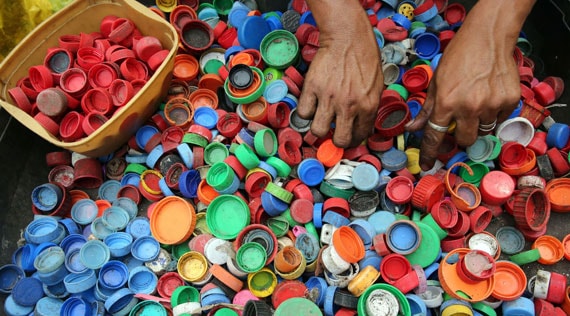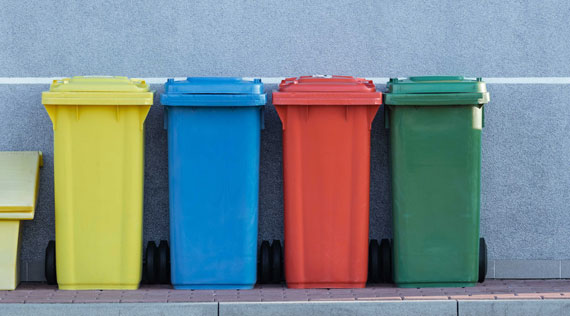Led by a variety of industries, government support and overall sustainability goals, the global plastic recycling market is expected to reach $47.3 billion by 2026, according to a new report.
The Research and Markets report looked at drivers of plastic recycling, including widespread use in packaging, electronics, automotive and textile materials. It says growing government support on improving plastic recycling in India, China and Europe, among others, has also driven growth.
Other factors in the increased plastic recycling market include a focus on energy savings and efficiency by recycling. The Environmental Protection Agency says producing new plastic from recycled materials uses two-thirds of the energy of producing plastic from raw materials.
Improved technology and recycling systems have also helped grow the market, according to the analysis.
Plastic recycling is expected to grow at a CAGR of 6.1% over the analysis period, with the high-density polyethylene, which accounts for almost 20% of the plastic recycling market, growing by nearly 6% a year over the next seven-year period, according to the report. Recycling of polyethylene terephthalate (PET) plastics growing by almost 7% and reaching $15.5 billion in the United States.
As plastic waste continues to be a pressing concern, many efforts are taking place to address the issue and increase plastic recycling.
Several companies, including PepsiCo, L’Oréal and Nestlé Waters recently announced a program to produce PET plastic bottles produced completely from enzymatically recycled plastic. ExxonMobil also is building a plastic waste recycling facility in Texas that it expects to be open by the end of 2022.
The US plastic recycling market is estimated to hit $3.1 billion in 2021 and the country accounts for nearly 9% of the global share, according to the report. China is expected to hit $17.6 billion in plastic recycling by 2026, according to the report, and the European market will grow to $18.8 billion over that time.
Recycled low density polyethylene, which can be used in flooring, furniture and packaging, is expected to grow to $7.43 billion by 2026.

